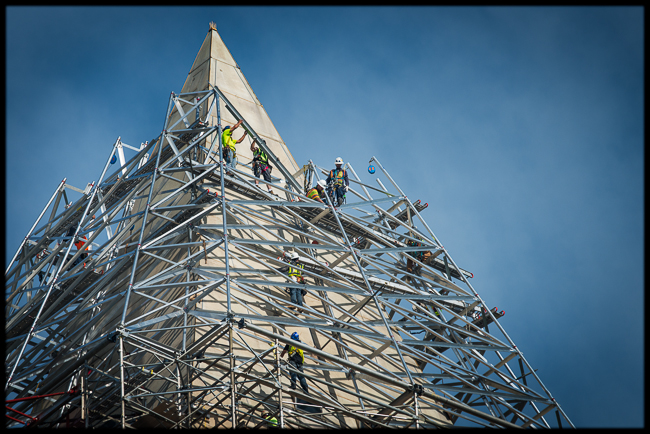

No employee is on any part of the scaffold that extends beyond the wheels, casters, or other supports.Does not produce a speed in excess of 1 foot per second.When power systems are used, the propelling force is : A scaffold is an elevated, temporary work platform.Outrigger frames, when used, are installed on both sides of the scaffold.The height to base width ratio of the scaffold during movement is 2:1 or less, unless the scaffold is designed and constructed to meet or exceed nationally recognized stability test requirements (such as ANSI/SIA A92.5 and 92.6).The surface on which the scaffold is being moved is :.Employees are not allowed to ride on scaffolds unless the following conditions exist :.Forklifts, trucks, motor vehicles, or add-on motors must not be used to propel scaffolds unless the scaffold is designed for them. Power systems used to propel mobile scaffolds must be designed for that purpose.
SUPPORTED SCAFFOLD MANUAL
Manual force used to move the scaffold must be applied as close to the base as practicable, but not more than 5 feet above the supporting surface.Scaffolds shall be stabilized to prevent tipping during movement. 4 Hour Supported Scaffold User and Refresher online SST course provides awareness level training for supported scaffolds and supported scaffold components.

Scaffolds constructed of fabricated frame components must also comply with the requirements of paragraph (c) of this section. The most common type of scaffolding is known as a supported scaffold and consists of one or more platforms supported by rigid supports like outrigger beams.On demand OSHA training courses for suspended and supported scaffolding. Scaffolds constructed of tube and coupler components must also comply with the requirements of paragraph (b) of this section. OSHA construction requirements for 1926.451 1926.454 Scaffolding require a.Cantilever scaffolding is used when the ground cannot support a scaffolding structure or when there isn’t room for the platforms at lower levels. The platform then rests on top of the needle beams. Because supported scaffolds used for construction work are complex. Leveling of the scaffold, where necessary, must be achieved by the use of : The beams are supported on the outside edge by ropes or wires that hang from above. Most scaffold accidents happen because scaffold users are untrained or improperly trained.Platforms must not extend beyond the base supports of the scaffold, unless stability is ensured by :.Caster stems and wheel stems in scaffold legs or adjustment screws must be :.100 attendance for the course Completion of Continuing. To prevent movement of the scaffold while it is being used in a stationary position, scaffold casters and wheels must be locked with : Inspect supported scaffolds in accordance with federal and local safety regulations.NOTE: The requirements on this page are specific to mobile scaffolds only. They are designed to be easily moved and are commonly used for things like painting and plastering, where workers must frequently change position. All brace connections must be secured. Supported Scaffolds Mobile (Manually or Propelled) Mobile scaffolds are a type of supported scaffold set on wheels or casters.


This course must be provided to all employees in the construction industry in the confines of New York City, New York City Department of Building regulates this by rule under the city’s administrative law.


 0 kommentar(er)
0 kommentar(er)
